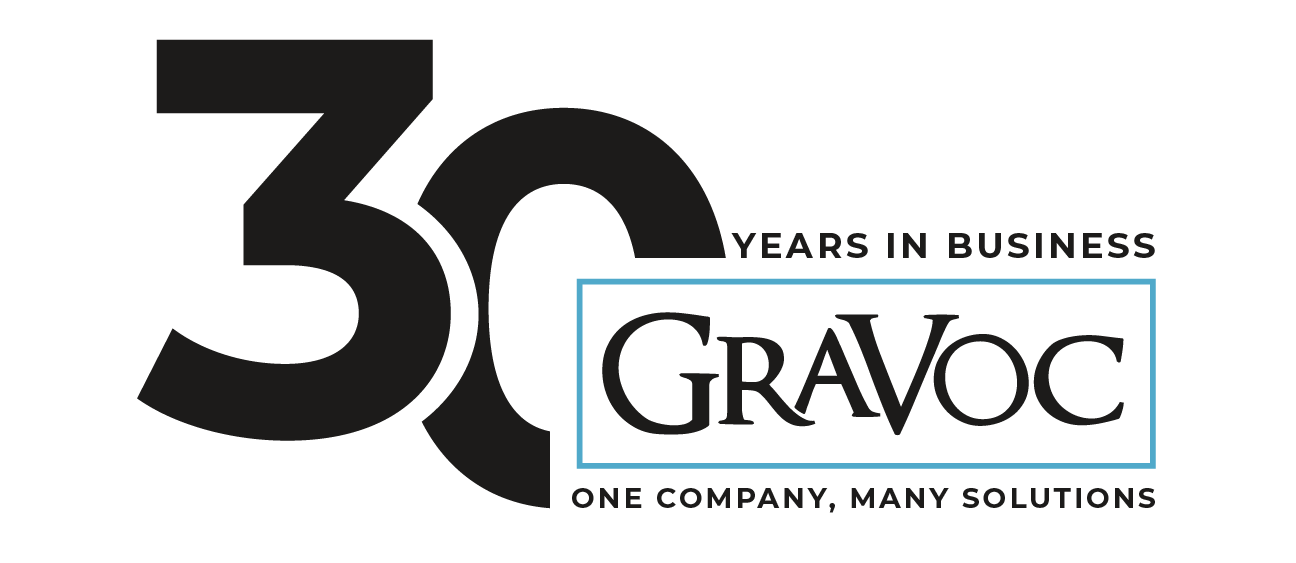There are plenty of Microsoft Dynamics AX users who are charged with consolidating parent company financial data from multiple subsidiary entities. Aggregating company financials from more than one subsidiary, particularly when there are diverse currencies involved, can be a challenge if you do not have a powerful financial reporting and consolidations solution. As the importance and amount of data continues to grow for corporate decision-making and planning, business leaders are seeking an easy-to-use tool for the regular responsibility of consolidating data into a unified set of financial statements. If you oversee aggregations of subsidiary information using Microsoft Dynamics AX, GraVoc has explored your options that offer you the business user friendliness and dynamic power that you deserve.
Let’s begin by defining the term. Financial consolidations refer to the process of bringing together and reconciling operational and transactional information into a singular set of financial reports for a parent company. These statements consolidate subsidiary information, which comprises the parent company’s financial portfolio, into one report. Consolidations typically entail currency conversions if you’re working with multiple money types, inter-company transaction eliminations, and any additional adjustments that need to be done manually in Microsoft Dynamics AX or right in the financial consolidation tool, so you can produce a comprehensive picture of the parent company’s financial health. There are plenty of reasons to start shopping around for software to facilitate financial consolidations, but you might identify with two main motivators.
Two of the top reasons to be looking for a consolidation solution that can boast modern automation have to do with age. Some organizations are looking to retire their mature consolidation tool because it is too simplistic to meet modern business demands, like FRx, Management Reporter, or Prophix. Meanwhile, others would like to replace their older software because they are too complicated for business end users to maintain, like Cognos or Hyperion. There are also some Dynamics AX users that have tried the native consolidation module that was built into AX 2012 – and found it to be simply too tedious or incapable of meeting their needs.
GraVoc has had the opportunity to speak with a number of CFOs, controllers, and other financial professionals who depend on Dynamics AX to manage the financials of multiple subsidiaries, sometimes internationally, for parent corporations. This role is responsible for meeting domestic and global accounting rules, as well as currency conversions, like the International Financial Reporting Standards (IFRS) to Generally Accepted Accounting Principles adjustments (GAAP), often referred to as IFRS to GAAP. Some consolidation solutions offer flexible sub-ledger analytics and are positioned within a Business Intelligence (BI) suite, fully integrated with other modules, like ad-hoc reporting, budgeting, forecasting, modeling, data visualizations, and BI data storage. Let’s discuss specifically what consolidations look like for Dynamics AX fans, specifically what you need to know when shopping around for the right solution to best meet your company’s specific financial analysis demands.
To continue learning more about financial consolidations for Microsoft Dynamics AX, read the rest of this article here.
Related articles
For the Third Year in a Row, GraVoc to Attend Engage Boston as Silver Sponsor
For the third year in a row, GraVoc will attend Engage Boston as a silver sponsor, showcasing our pre-built tech solutions for Bullhorn ATS!
GraVoc to Attend DynamicsCon LIVE 2024 as Sponsor & Speaker
GraVoc is excited to be involved in DynamicsCon LIVE 2024, both as speaker and Patron Sponsor! Register with our custom code for 15% off.
GraVoc Joins National & Local Staffing Associations
We are thrilled to announce that GraVoc has joined the American Staffing Association (ASA) and the Massachusetts Staffing Association (MSA)!




